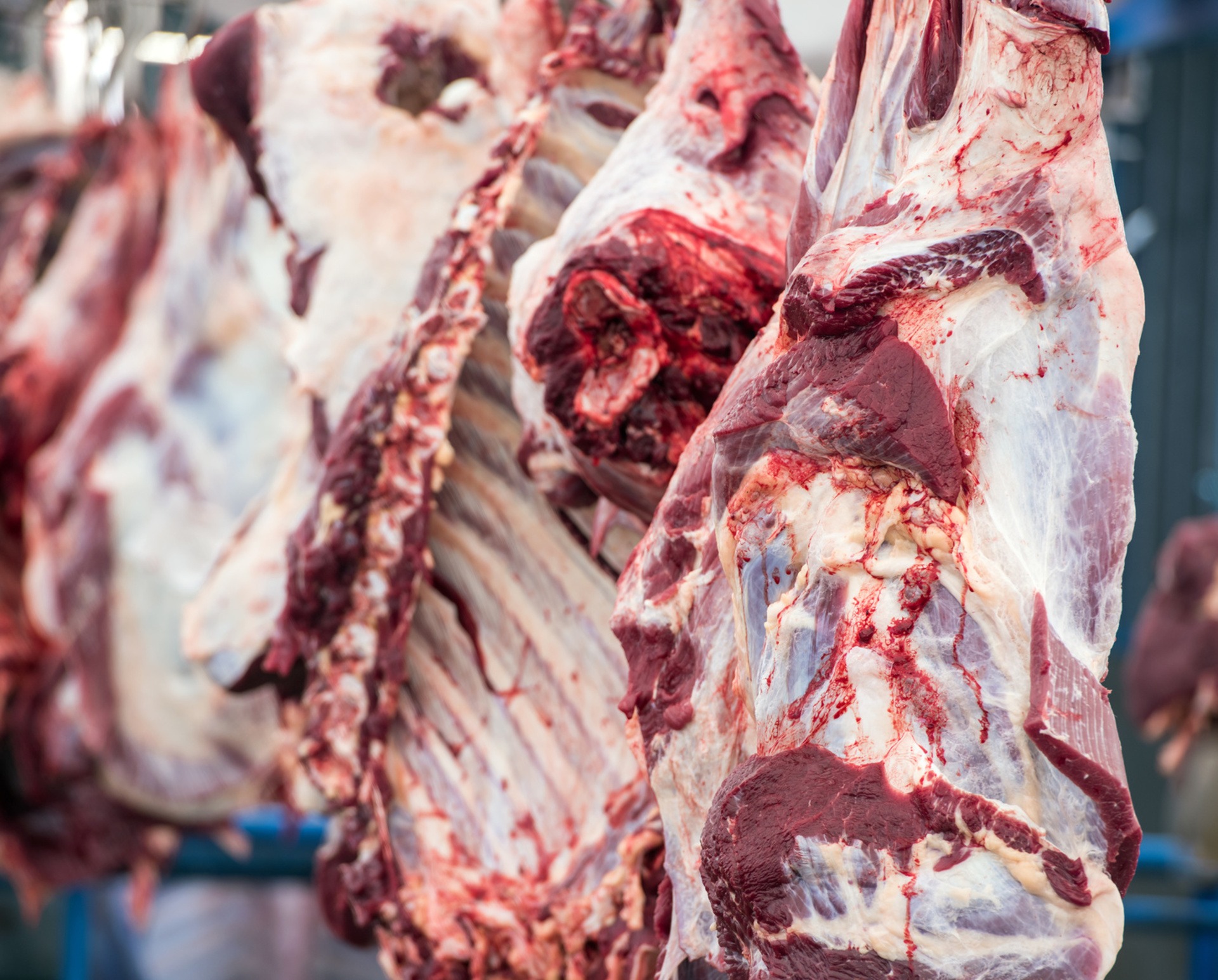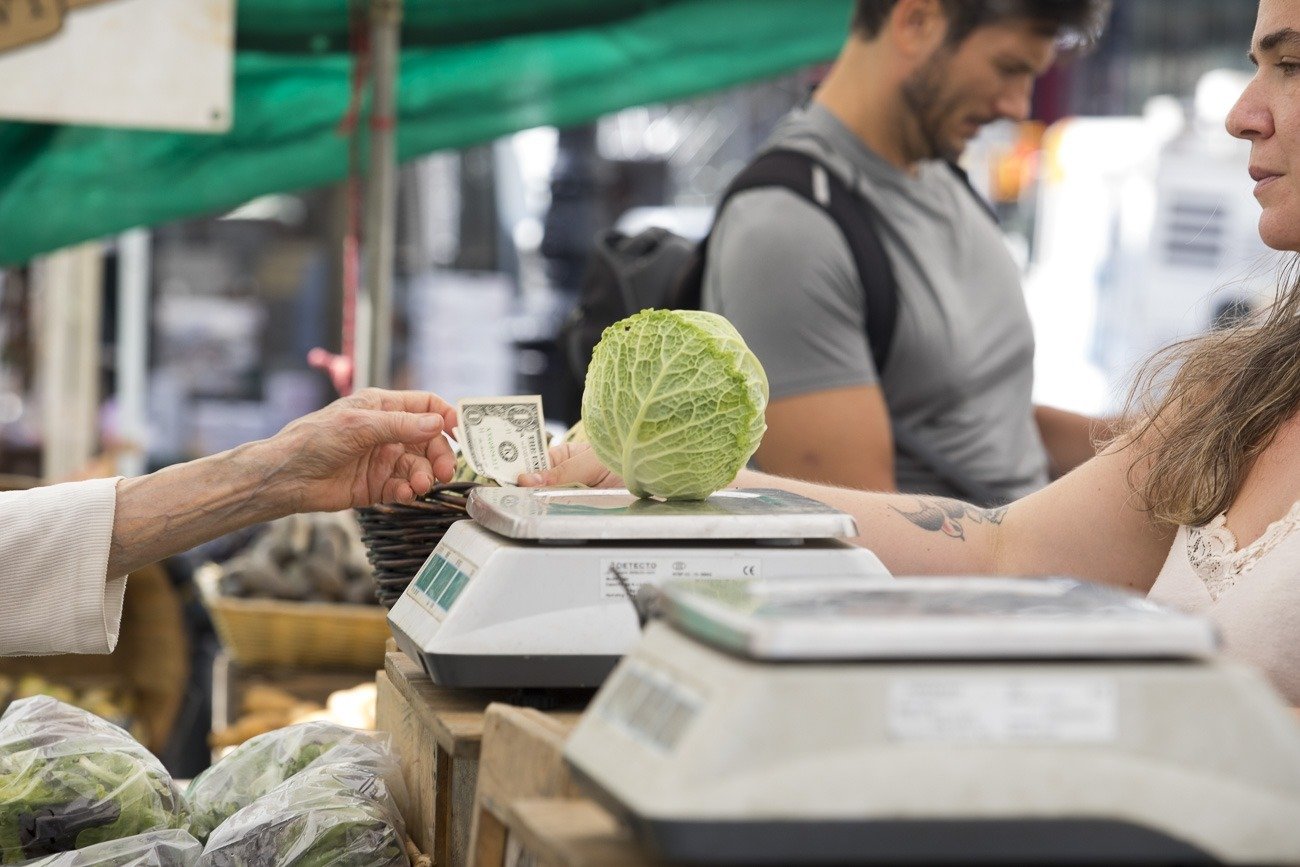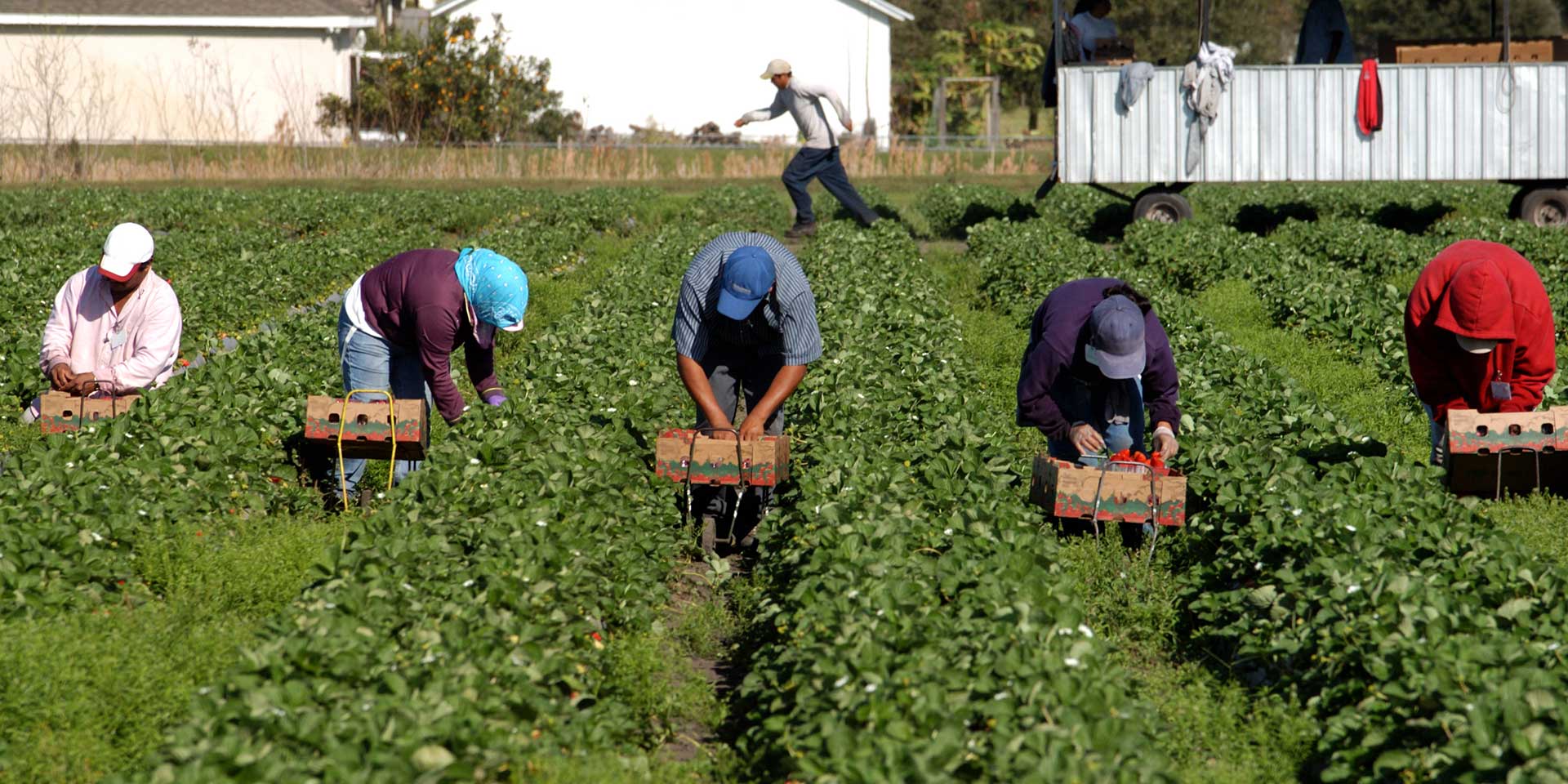What COVID-19 Plant Closures Reveal about the Pork Industry: Could There Be Pork Shortages?
Smithfield Foods recently closed three pork packing plants in the upper Midwest after one worker died from the coronavirus and hundreds of others tested positive. However, the pork processing giant waited nearly three weeks after the first worker tested positive to close the largest of these, a plant in Sioux Falls, South Dakota, which processes 5 percent of US pork. By the time the company eventually agreed to close the facility — at the urging of the city’s mayor — there were 644 cases among employees and those connected to them, accounting for 55 percent of the state’s total cases and making the plant the country’s single largest “hot spot.”
In a statement, Smithfield Foods CEO Kenneth Sullivan was unapologetic about the slow plant closure and did little to calm the fears of already anxious consumers. “It is impossible to keep our grocery stores stocked if our plants are not running,” he said. “We have a stark choice as a nation: we are either going to produce food or not, even in the face of COVID-19.”
Sullivan’s narrative that perhaps Americans will face pork shortages if the plants can’t stay open is worth a deeper look. For decades, the pork industry has invested heavily in getting bigger — in bigger farms, packing plants, and larger corporations calling the shots. As a result, today the US has a record number of hogs on farms, but after decades of pork processing plant consolidation, the remaining plants are so huge that shuttering just a few creates nationwide bottlenecks. Meanwhile, despite empty supermarket meat cases, hog farmers’ prices crashing, and thousands of sickened plant workers, the big meatpacking companies are doing just fine. Smithfield’s parent company, the Chinese WH Group, posted a 32 percent jump in profits at the end of March.
Supply Chain Problems
So what’s happening with those supermarket shelves? As with products from milk to toilet paper, pork shortages that shoppers are encountering can be traced to demand shifting overnight from wholesale and foodservice to retail sales. Foodservice accounts for about one-quarter of all pork consumed in the US; with those markets having suddenly disappeared, some of the supply formerly bound for sports arenas and schools can be redirected towards grocery stores, but changing supply chain logistics and packaging — from a 20-pound box of bacon to a 12-ounce consumer package, for example — cannot be done overnight.
In the big picture, US hog farmers are raising far more hogs than needed to supply all of Americans’ pork needs, largely because many of those animals are actually bound for China. The potential profits are so great that Smithfield retooled its plants last summer — including the one in Sioux Falls — to produce pork products for Chinese export. In the following months, the company tripled its shipments to China, where the hog industry has been devastated by the African swine flu. Even with tariffs levied on imports from the US, the Chinese hog shortage has bumped pork prices four to six times higher than in the US.
So for the moment, the US has more hogs than we can eat, but our meatpacking plants — which turn pigs into pork chops and bacon — are so concentrated that, with recent closures, we may not be able to process it all. Almost 45 pork processing plants have closed since 1993, but the remaining plants are processing many more hogs than before: the US went from processing 1.9 million a week in 2000 to 2.4 million in 2018. At the Sioux Falls Smithfield plant, production has increased 10-13 percent annually for the last five years. And nationwide, two-thirds of hog slaughter is controlled by just four companies: Smithfield, JBS, Tyson and Cargill.
Watchdogs have warned for years that consolidating all this capacity into fewer plants increases the chance of shock if something happens at one of those plants. Sure enough, just three of the pork plants now shuttered due to coronavirus outbreaks together account for a whopping 10 percent of the nation’s pork supply.
Promoting Pork
The trend towards increased pork production and consolidation did not happen by accident. US farm policy has long supported ever-growing operations, and the pork industry, like all major commodities, has poured vast sums into growing pork production and consumption. They do this through a mandatory fee, called a checkoff, paid by the farmer every time a hog is sold. The funds go to the National Pork Board (NPB), who uses them for research, education, and promotion.
“Pork. The other white meat,” was developed by NPB to tout the lean cuts of modern hog breeds, and remains a recognizable slogan even after being retired a decade ago. Results of promotional spending can be immediate: in 2003, the checkoff spent $1.1 million on retail promotion; in the following year, stores sold 16 percent more pork products. From 2010 to 2017, US pork consumption grew more than 8 percent, while exports grew by one-third, as a result of NPB promotional activity. In the last year, those exports have just kept growing, especially to China.
Checkoff funds are not legally allowed to be spent on political lobbying, but another entity, the National Pork Producers Council (NPPC), works closely with NPB to advance a political agenda for the pork industry. A 2015 Politico investigation found that NPB pays a $3 million annual fee to NPPC to license the now-retired “the other white meat” slogan, which may simply be a way of using checkoff revenues to fund NPPC’s lobbying.
A Growing Industry
Growing the demand and political climate for pork is surely good for hog farmers, right? NPC says that every dollar a pig farmer spends on the pork checkoff gives a return of $25.50 in producer value in terms of market growth, promotion, and other benefits. But many smaller hog farmers dispute that claim, saying that as the industry has consolidated, the spending helps only the largest producers and the bottom lines of the big meatpackers.
Alongside meatpacking plants, hog producers have also consolidated. The number of US hog farms has dropped nearly 90 percent since 1980, but the total number of hogs has increased by more than half since 1997. Correspondingly, the average size of a hog farm (which are now almost exclusively giant indoor “factory farms”) has grown as well, to nearly 6,100 animals. The farmers who remain mostly produce hogs on contract for the big meatpackers, and have seen the prices they are paid fall almost steadily since the mid-1990s, forcing them to compete by adding ever-more animals. Most striking, according to the most recent USDA numbers, the largest 40 hog producers added nearly 200,000 sows (female hogs) in 2017. Where there were 666,000 hog farmers in the 1980s, now these 40 producers have control over two-thirds of all breeding sows in the country.
As you might expect, the lobbying efforts of the National Pork Producers Council reflect priorities of the big business interests they represent. For many years, they have fought efforts to level the playing field for small farmers, increase livestock industry competition, increase labeling transparency, and expand environmental regulations.
Frustrated with an industry group that worked against them using their own money, pork producers voted to end the mandatory checkoff in the early 2000s. In a statement still relevant 20 years later, cattle farmer Rhonda Perry, a former hog farmer and now director of Missouri Rural Crisis Center (MRCC), said at the time, “For years, the NPPC has been using our money to represent the interests of corporate factory farms and meatpackers. We’re sick and tired of losing money hand over fist due to consolidation in the pork industry.” President Bill Clinton’s USDA began to dismantle the mandatory checkoff, but the decision was reversed by the incoming George W. Bush administration, and both NPC and NPPC have continued to drive pork promotion and policy in the decades since.
Who Benefits from Consolidation?
There were already more hogs in production at the beginning of the year than meatpackers were going to be able to handle, even before the beginning of the global pandemic. The prices farmers are paid for hogs started 2020 lower than their five-year average, but the supply bottlenecks caused by closed packing plants have hit hard. Fears about a growing oversupply of hogs have sent farmer prices this week lower than in years, with no bottom in sight. Most regions of the country have just one processing facility; with these plants closed or slowing production, producers are left to weigh the costs of euthanizing some of their hogs as the animals grow larger than appropriate slaughter weight.
Meanwhile, the processing bottlenecks could also cause longer-term price hikes for supermarket shoppers as supplies temporarily tighten. As farmer prices fall and consumer prices rise, it is the middleman — the big meatpackers like Smithfield — who will benefit, even though it is the consolidation of their facilities that is causing the problem.
Small farmers are frustrated. Minnesota farmer Paul Sobocinski sold his hogs to the John Morrell Company, the previous owners of the Sioux Falls packing plant, for 30 years. When Smithfield bought the plant, they stopped buying from small producers. Sobocinski now raises hogs for Niman Ranch and is an organizer with Land Stewardship Project, which worked closely with MRCC on the 2000 anti-checkoff referendum.
“As the meat industry has become consolidated to an unimaginable scale, companies like Smithfield have gained unprecedented power,” he said in a statement. “Now, a single meat processor can be the only game in town for hundreds of miles. When that plant shuts down, either temporarily or permanently, the negative repercussions start in rural communities and extend to your local grocery store.”
Envisioning an Alternative
Land Stewardship Project and MRCC are members of Campaign for Family Farms and the Environment, a multistate coalition that advocates for investment in regional farmers and food systems. A network of regional meatpacking plants would return more of the consumer’s dollar to farmers, and would spread out risk — the closure of one plant for an illness outbreak would not hobble national production. The coronavirus pandemic has exposed the weaknesses of a consolidated food system, the group says, pointing to the insecurity now faced by farmers, workers, and consumers, while Smithfield and other industry giants not only profit, but potentially use the crisis to roll back existing worker safety regulations. CFFE calls for a government response to the pandemic that prioritizes access to safety net programs for farms and small food businesses, prohibits loans to new factory farms, establishes a moratorium on new food industry mergers, and more.
While temporary supply chain disruptions mean we may have to wait longer than usual to bring home our bacon from the supermarket, we should consider how we would like to see our food produced when we eventually emerge from the pandemic. Today, the closure of just a few plants disrupts supply, sickens hundreds of workers (killing some), and threatens farmer livelihoods. But groups like Campaign for Family Farms and the Environment help make the case that there is another way for the nation to produce food, one which spreads profits to farmers and workers rather than extracting it, and builds in enough resilience to survive the next crisis.
More Reading
What do faster line speeds in slaughterhouses mean for animals, workers and food safety?
May 8, 2025
The never-ending seed oil debate
April 29, 2025
RFK Jr. pushes to close a food additive loophole – but is a gutted FDA up to the task?
April 14, 2025
Can the FDA's new rules help people eat healthier?
March 19, 2025
The EPA finally acknowledged the risks of PFAS in sewage sludge. What’s next?
February 10, 2025
The truth about raw milk
January 24, 2025
Food Is Medicine: the inextricable link between food and health
December 30, 2024
What to know about nonstick cookware
December 6, 2024
How we came to rely on emergency food
September 30, 2024
Is flawed food policy responsible for listeria outbreaks in deli meats?
August 13, 2024



